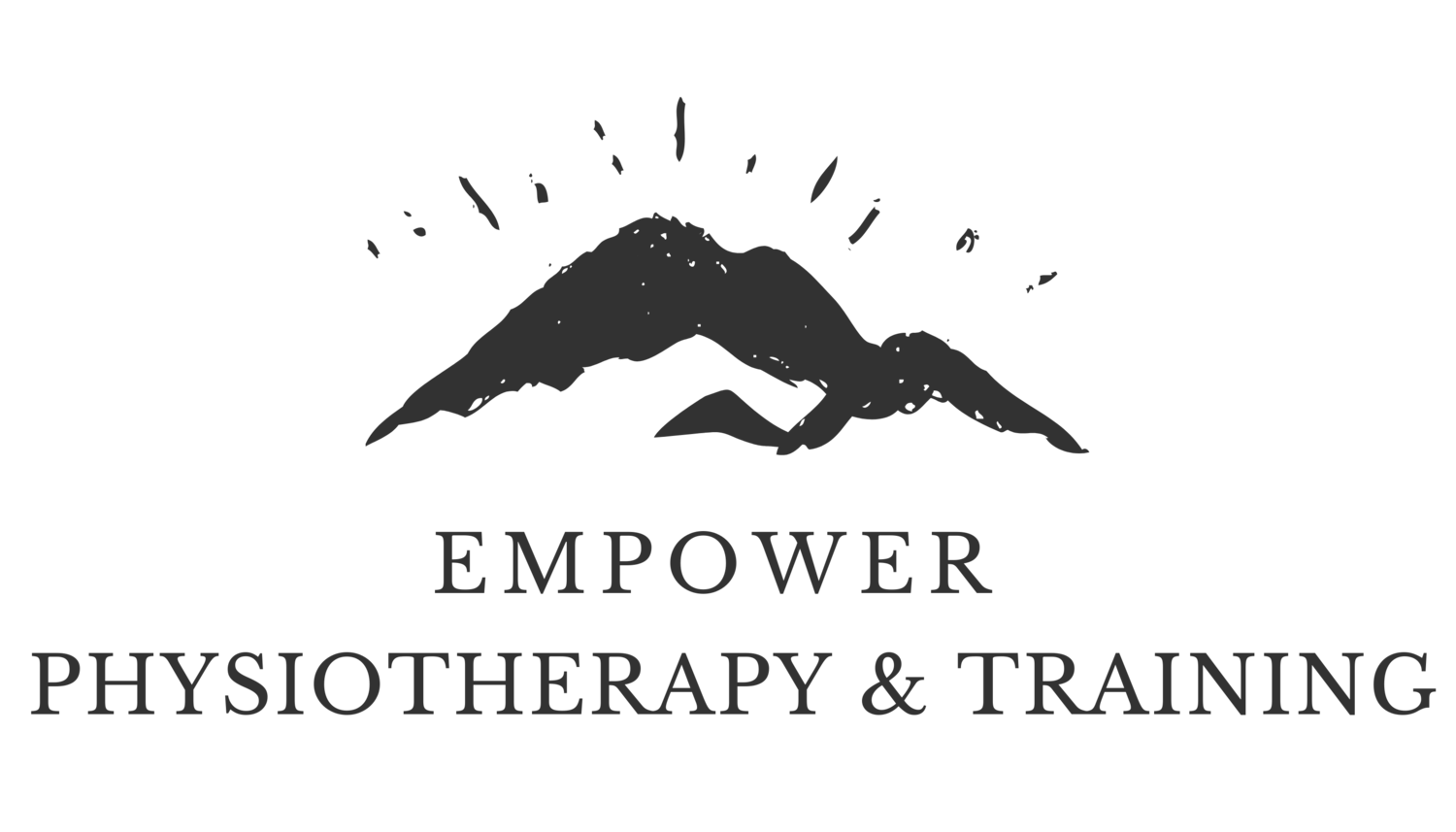Pelvic Floor Physical Therapy FAQs
What is the pelvic floor?
The pelvic floor is a group of muscles on the underside of the pelvis; they are responsible for things like controlling your pee and poop, providing stability and support to the pelvis and controlling your intra-abdominal pressure. These muscles form the base (or floor) of the cylinder of your core and are vital for pressure management when lifting weights or picking up kiddos.
What does pelvic floor physical therapy treat?
Every human has a pelvic floor, and pelvic floor physical therapy can help with many symptoms and diagnosis. Here are some of the most common ones I treat:
Powerlifting Urinary Incontinence (PUI)
Pelvic pain / pain with intercourse
Postpartum Care / Return to exercise
Urinary Incontinence / Overactive Bladder
Endometriosis
Pelvic Organ Prolapse (POP)
Post-prostatectomy / Prostate Cancer
Who can benefit from pelvic floor physical therapy?
Mothers - Professionally, I believe that every new mom would benefit from at least one session with a pelvic floor PT - and I advocate for postpartum check ups as early as 2 weeks after giving birth. We can educate new moms on how to get out of bed, breastfeed posture, picking/carrying the baby and the carseat as well as begin basic exercises to rehabilitate the pelvic floor for daily activities like walking and standing.
Athletes - If you avoid certain activities like jump rope or running because you’re afraid you’ll pee your pants, pelvic floor PT is for you! While society may say this is ‘normal’, it’s actually a sign that your pelvic floor muscles need some rehab. If you leak urine or feces when deadlifting or doing heavy singles on other barbell lifts, then pelvic floor PT is for you! It’s not common to find a pelvic floor PT who also powerlifts and coaches CrossFit, but here I am to help you stay strong and stay dry.
Anyone with pelvic pain - Men and women can have pelvic floor dysfunctions leading to pain with urination, pain with intercourse, abdominal pain and/or SI joint pain. All of these painful situations can be treated with pelvic floor physical therapy.
